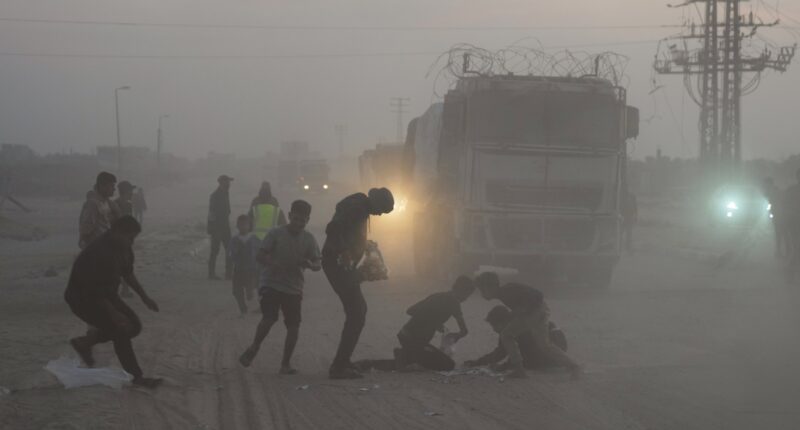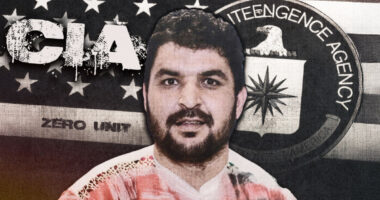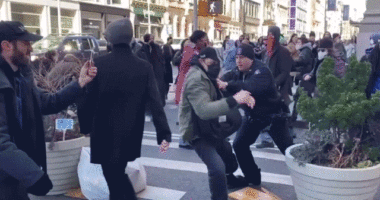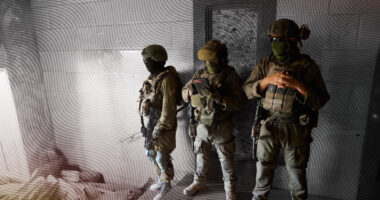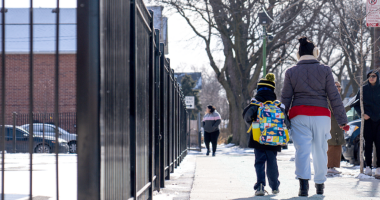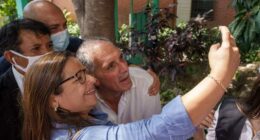Share this @internewscast.com
KHAN YOUNIS, Gaza Strip — The ongoing conflict between Israel and Hamas has resulted in the deaths of over 69,000 Palestinians, according to health officials in Gaza as of Saturday. This grim milestone comes amidst the latest body exchange under a fragile ceasefire agreement.
The rising death toll is attributed to the recovery and identification of bodies in the war-ravaged Gaza Strip since the ceasefire commenced on October 10. This figure also accounts for Palestinians killed in airstrikes, which Israel claims are aimed at targeting remaining militants.
On Saturday, Israel returned the remains of 15 more Palestinians to Gaza, as reported by local hospital officials. This follows the return of a hostage’s body to Israel by militants a day earlier. The deceased was identified as Lior Rudaeff, according to a statement from Prime Minister Benjamin Netanyahu’s office. The Hostages and Missing Families Forum noted that Rudaeff was originally from Argentina.
The exchange of bodies is a critical component of the ceasefire’s initial stage, requiring Hamas to promptly return all hostage remains. In Tel Aviv, families and supporters held a rally on Saturday night, continuing their call for the return of all hostages.
This truce aims to de-escalate what has become the most lethal and destructive conflict between Israel and the Palestinian militant group. The hostilities erupted on October 7, 2023, with a Hamas-led offensive on southern Israel, resulting in approximately 1,200 Israeli deaths and 251 hostages taken.
Additionally, on Saturday, Israeli settlers launched two separate attacks on Palestinian farmers and others in the occupied West Bank. This spike in settler violence coincides with this year’s olive harvest, which has seen unprecedented levels of aggression.
‘I have not lost hope’
For each Israeli hostage returned, Israel has been releasing the remains of 15 Palestinians. Ahmed Dheir, director of forensic medicine at Nasser Hospital in the southern city of Khan Younis, said that the remains of 300 have now been returned, with 89 identified.
“We do not have sufficient resources or the DNA to match them with the martyrs’ families,” Dheir said. Unidentified ones will be buried in batches.
Hopeful families looked into body bags of decomposed remains. “Close it, it’s not him,” one family said.
“I always come here. I have not lost hope. I am still waiting for him,” said the mother of a missing boy, who did not give her name.
Gaza’s Health Ministry said the number of people killed there since the war began has risen to 69,169. The ministry, part of the Hamas-run government and staffed by medical professionals, maintains detailed records viewed as generally reliable by independent experts.
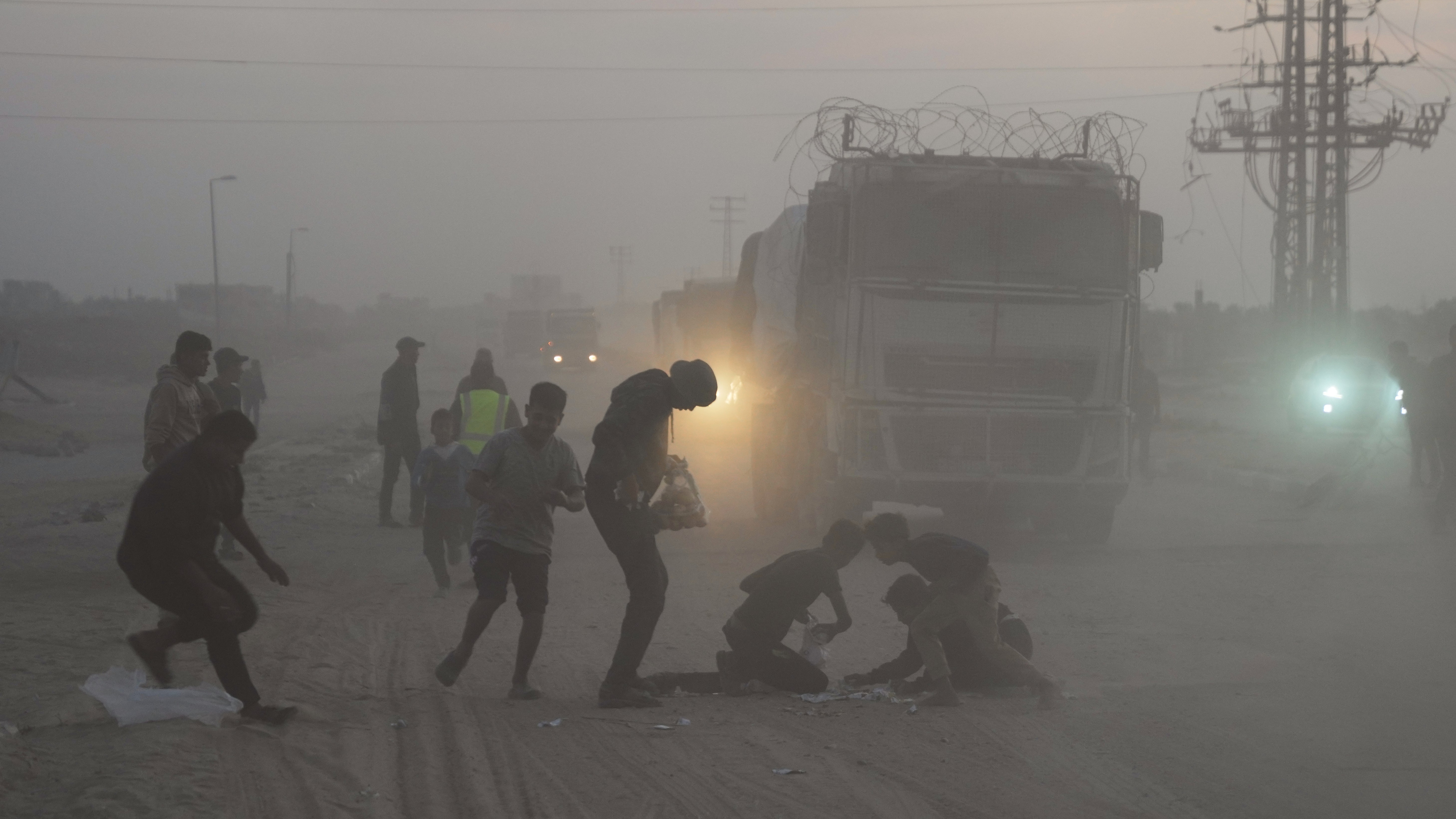
The ministry said 284 people were added to the total after their identities were verified between Oct. 31 and Nov. 7.
Over the past three days, 10 bodies were brought to Gaza hospitals – nine retrieved from the rubble and one newly killed, the ministry said. Since the ceasefire began, 241 people have been killed in Gaza, it said.
It added that a large number of Palestinians remain missing.
Israel’s military on Saturday said that soldiers killed two militants who had approached troops, one in northern Gaza and the other in the south.
Israeli settler attack
Palestinian health officials said 11 people were injured in an attack by Israeli settlers in the West Bank town of Beita, including journalists, medics, international activists and farmers. Activists and medics have flocked to this year’s olive harvest to help Palestinian farmers safely reach their fields.
The U.N. humanitarian office reported more Israeli settler attacks on Palestinians and their property in the West Bank in October than in any other month since the office began keeping track in 2006. There were over 260 attacks, the office said.
Jonathan Pollak, a longtime activist, told The Associated Press that he was picking olives when dozens of masked Israeli settlers, armed with clubs, descended, chasing people and throwing rocks. Pollak was hit in the head and taken to the hospital.
Pollak said that he saw five settlers converge on a journalist and her security guard. He watched the settlers beat and bludgeon her, denting her helmet.
A Reuters spokesperson said that two colleagues were “attacked by a group of men with sticks and rocks,” despite identifying themselves as journalists, and both were injured. The spokesperson called on Israeli authorities to investigate and hold those responsible accountable.
Israel’s military said it dispersed a confrontation “between Israeli civilians and Palestinians during an uncoordinated olive harvest in an area that requires prior coordination” and that several Palestinians had been injured.
Rights groups say that arrests for settler violence are rare, and prosecutions even rarer. Israel’s left-leaning Haaretz newspaper reported in 2022 that based on statistics from the Israeli police, charges were pressed in only 3.8% of cases of settler violence, with most cases closed without action taken.
Also Saturday, Palestinian paramedics reported another settler attack in a nearby village, Burin. The Palestinian Red Crescent said settlers injured four international activists and one 57-year-old man.
Israel’s military said soldiers responded to a report of rock-throwing at an Israeli vehicle and that Israeli civilians then hurled rocks at harvesters. It said Israeli and Palestinian civilians were injured.
Julia Frankel reported from Jerusalem, and Sally Abou AlJoud from Beirut.
.
